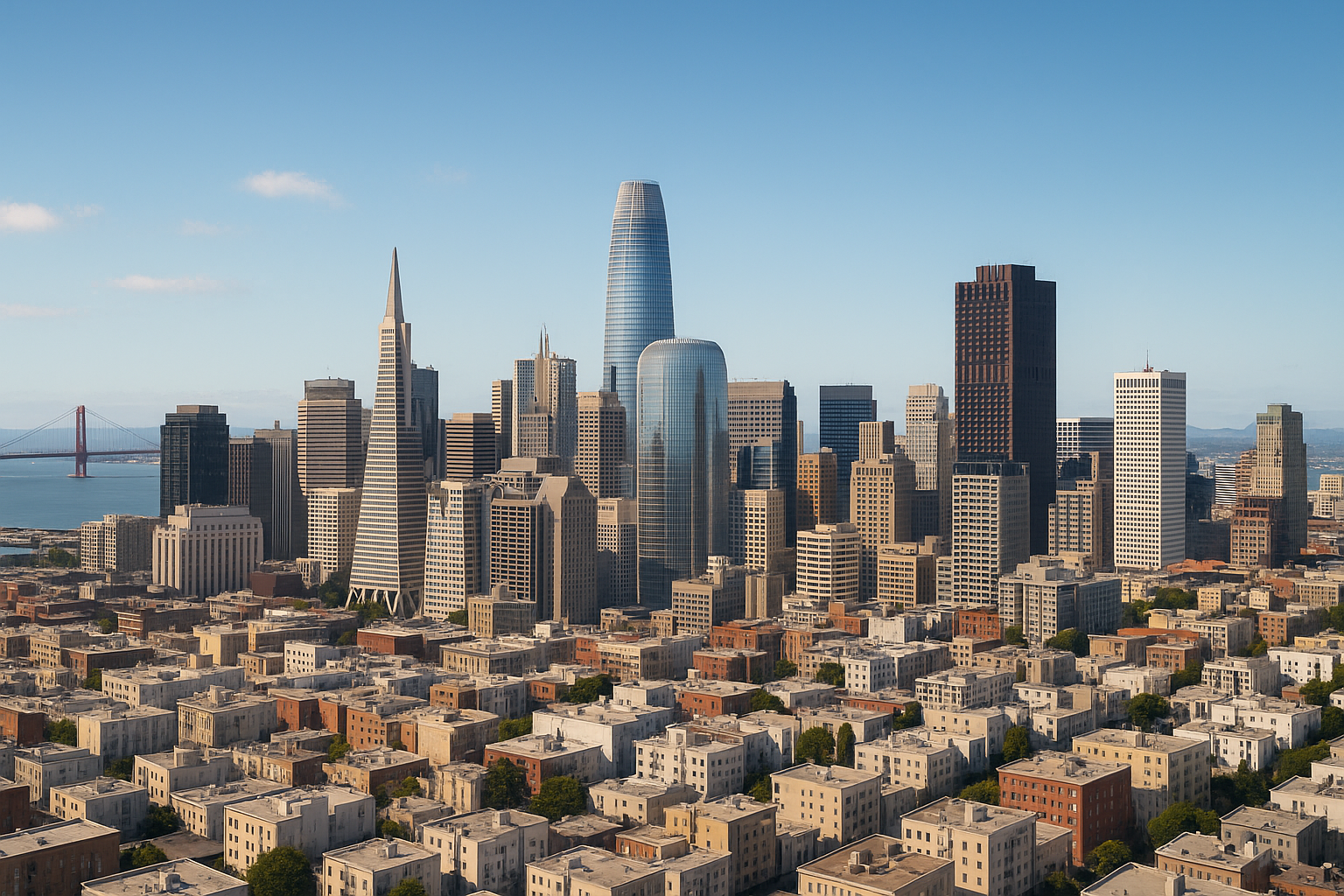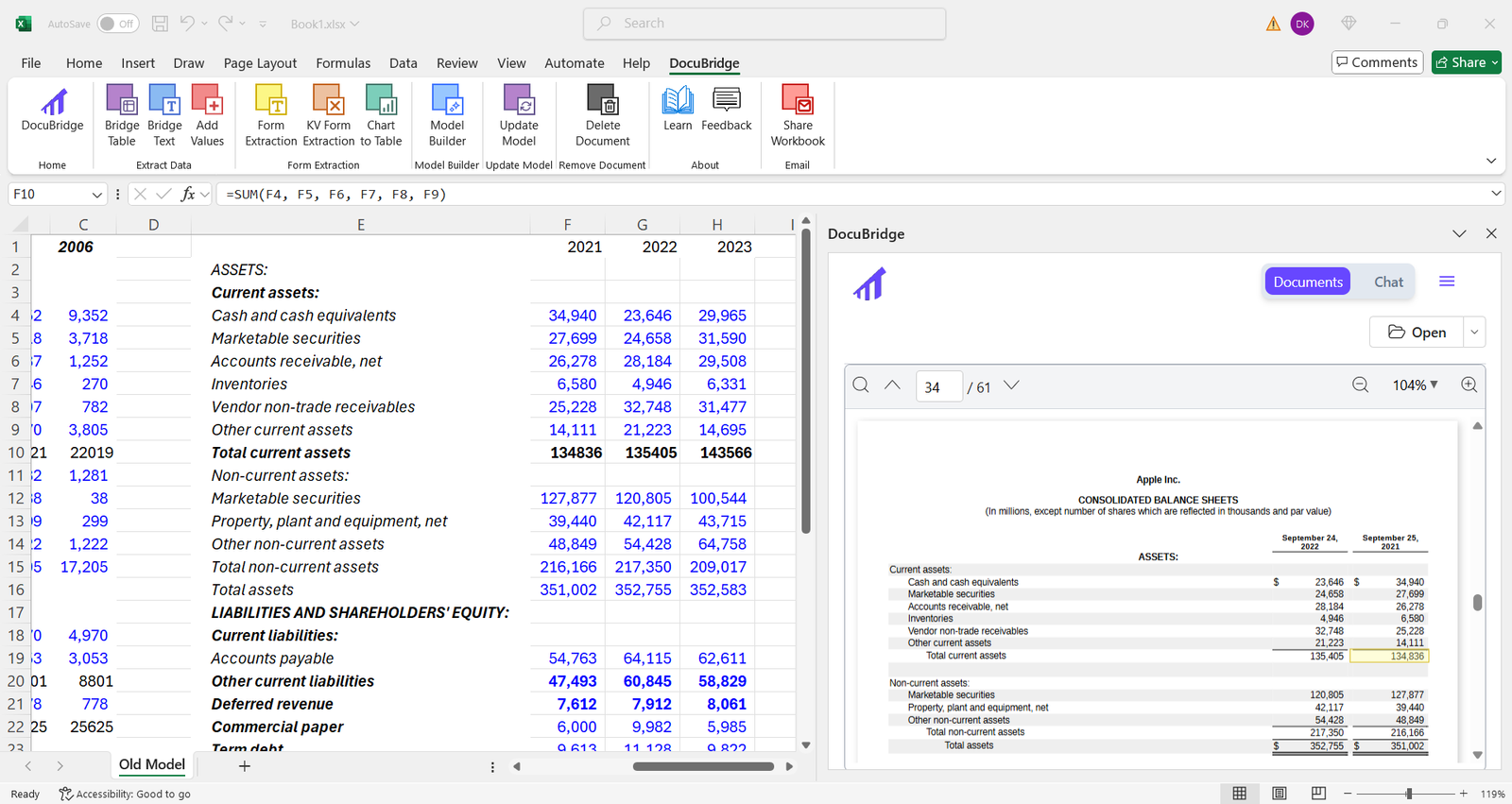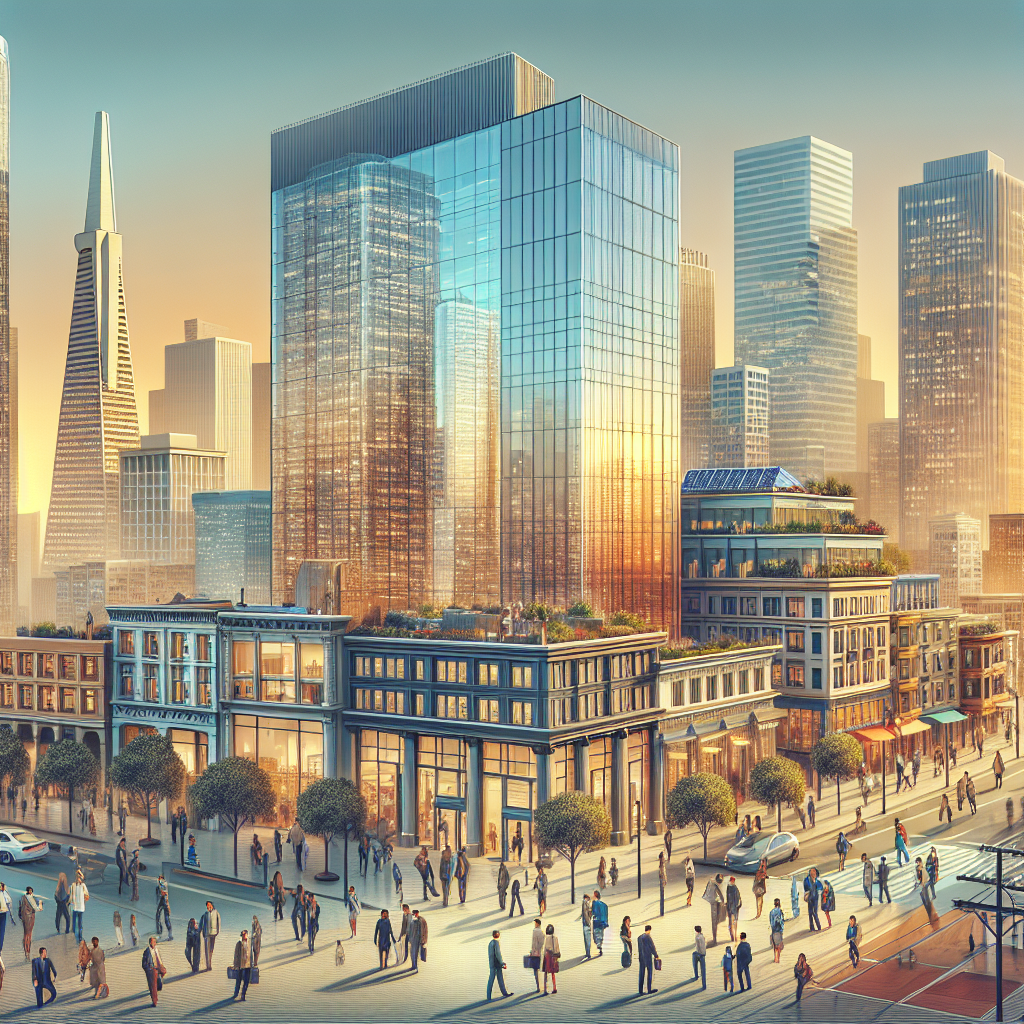San Francisco, known for its vibrant tech scene and iconic landmarks, is also leading the charge in sustainable commercial real estate practices. The city’s commitment to eco-friendly construction and operations is shaping new trends in the sector, reflecting an increasing global awareness of sustainability.
One of the most prominent trends is the construction of green buildings. These structures are designed with energy efficiency, water conservation, and improved indoor air quality in mind. They often incorporate features like solar panels, green roofs, rainwater harvesting systems, and high-efficiency HVAC systems. San Francisco has been a pioneer in this area with initiatives such as LEED (Leadership in Energy and Environmental Design) certification for commercial buildings.
Green building practices are now a selling point for commercial real estate developers and landlords. Tenants are increasingly demanding these features due to their potential to reduce operating costs and create a healthier work environment. Besides, companies see value in occupying green buildings as part of their corporate social responsibility strategies.
Another trend influenced by sustainable practices is the increased use of renewable energy sources within commercial properties. Solar power has become particularly popular in San Francisco due to the city’s sunny climate. Many commercial buildings now feature solar panels on their roofs or facades, generating a significant portion of their electricity needs onsite.
The push towards sustainability also impacts building operations. Commercial property owners are adopting smart technologies that optimize energy use and reduce waste. For instance, intelligent HVAC systems can adjust temperature settings based on occupancy levels or time of day.
Transportation is another area where sustainability efforts are influencing trends in commercial real estate. With San Francisco’s commitment to reducing carbon emissions from vehicles, there’s an increasing demand for properties that offer amenities like electric vehicle charging stations or bike storage facilities.
Waste management is also becoming a priority for commercial real estate owners and tenants alike. Buildings are implementing comprehensive recycling programs and composting initiatives to minimize landfill waste.
Finally, there’s an emerging trend towards adaptive reuse – converting existing buildings for new purposes instead of demolishing them and building anew. This approach reduces construction waste and preserves the cultural heritage of the city.
In conclusion, sustainable practices are significantly influencing commercial real estate trends in San Francisco. The city’s commitment to green building, renewable energy, smart technologies, and sustainable transportation and waste management is setting an example for other cities worldwide. As these trends continue to evolve, they will likely shape the future of commercial real estate in San Francisco and beyond.





















